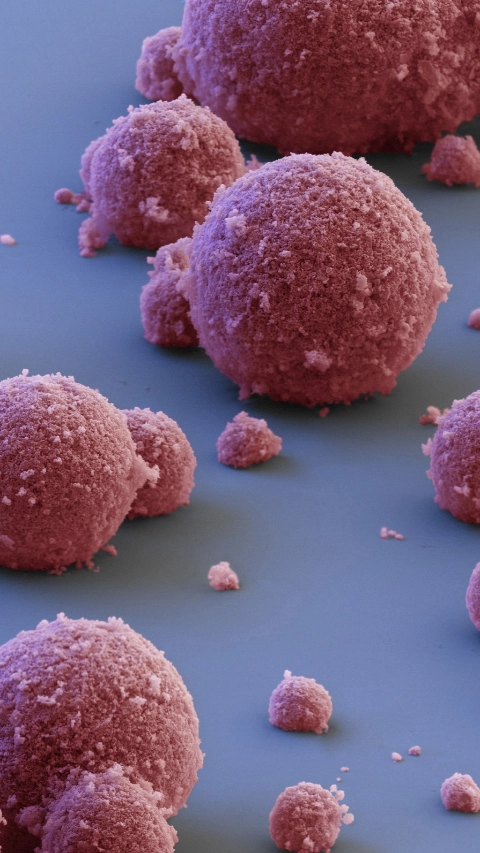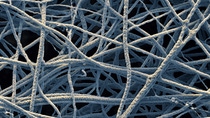Network for Asian Open Research (NAO)

Network for
Asian Open Research (NAO) Postdoctoral Research Center
BASF utilizes its strength as an integrated global chemical company to continuously introduce sustainable solutions into the market, significantly contributing to improving the quality of life and conserving resources such as water and energy.
To expand research and innovation in Asia Pacific, BASF is closely collaborating with the region’s leading universities and institutes within the platform of NAO, Network for Asian Open Research. NAO supports and promotes close collaboration in the field of advanced materials research, enabling all partners to extend their scientific horizon to develop sustainable solutions.


